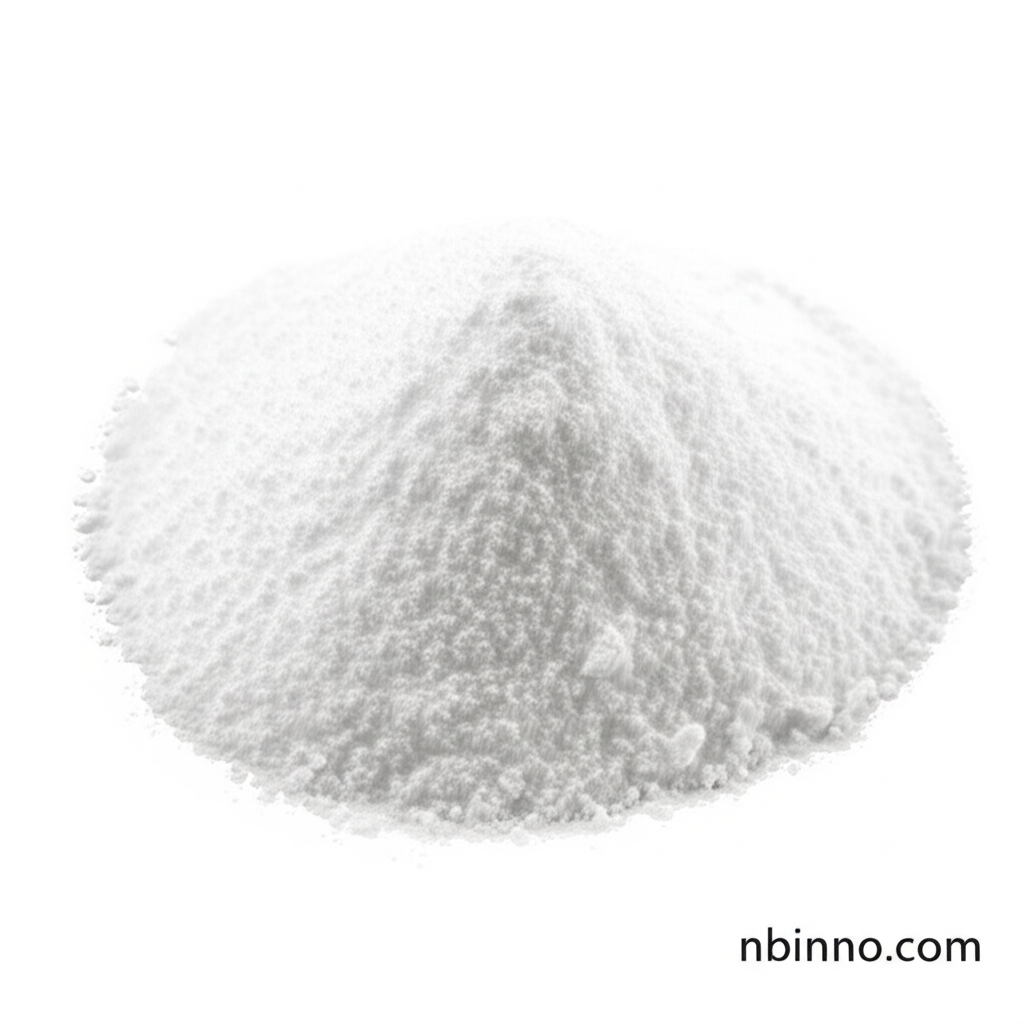4-Chloropyridine-2-carboxamide: A Key Heterocyclic Building Block for Pharmaceutical and Agrochemical Synthesis
Unlock innovation with this crucial intermediate for advanced chemical applications.
Get a Quote & SampleProduct Core Value

4-Chloropyridine-2-carboxamide
This compound is a versatile building block widely utilized in both pharmaceutical and agrochemical industries. Its unique structure makes it an indispensable intermediate for the synthesis of various complex molecules, driving innovation in drug discovery and crop protection.
- Harness the potential of 4-Chloropyridine-2-carboxamide for seamless pharmaceutical intermediate synthesis, enabling the development of novel therapeutics.
- Leverage CAS 99586-65-9 for efficient agrochemical intermediate production, contributing to advanced crop protection solutions.
- Utilize this heterocyclic building block in medicinal chemistry to construct potent kinase inhibitors and antibacterial agents.
- Explore its applications in synthesizing pyridine-fused heterocycles and metal-chelating ligands for advanced material science.
Key Advantages
Versatile Chemical Reactivity
The presence of both chloro and carboxamide groups on the pyridine ring allows for sequential nucleophilic substitutions and condensation reactions, facilitating the construction of intricate molecular architectures.
Broad Application Spectrum
From pharmaceutical development to agrochemical formulation and material science, this compound offers extensive utility across multiple high-value industries.
Facilitates Complex Synthesis
It serves as a critical intermediate for creating advanced compounds like kinase inhibitors, antibacterial agents, and CNS drugs, streamlining the 4-Chloropyridine-2-carboxamide synthesis process.
Key Applications
Pharmaceutical Development
Crucial for synthesizing potential anti-inflammatory and anti-cancer agents, making it a vital component in medicinal chemistry research.
Agrochemical Formulation
Used in the creation of effective herbicides and pesticides, supporting enhanced crop protection and agricultural yields.
Material Science
Contributes to the development of specialty polymers and resins with improved thermal and chemical resistance properties.
Biochemical Research
Employed in studies of enzyme inhibition and receptor binding, aiding in the understanding of biological pathways.
